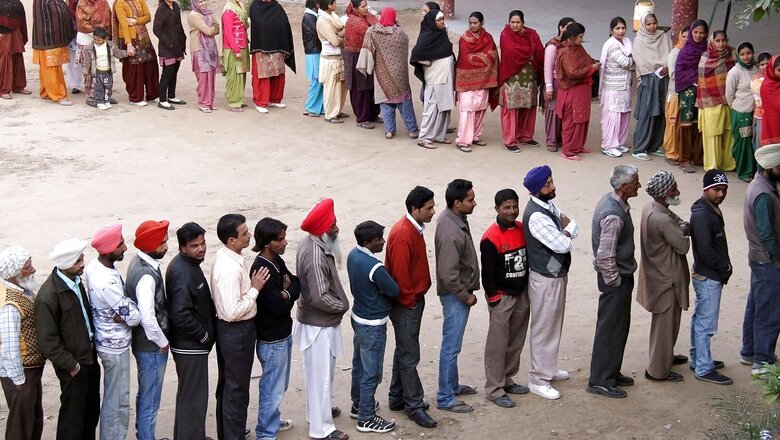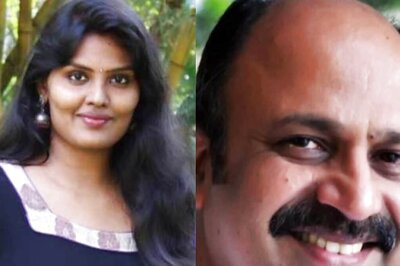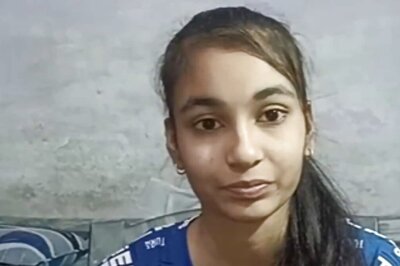
views
From unexpected alliances, ‘new’ entrants, to the rise of ‘ground’ issues, Punjab’s political battle will witness many firsts this time around. The single phase of voting has kicked off in the state, where the fate of Congress’s first Dalit CM Charanjit Singh Channi will be tested against his opponents – the grand old party’s ‘forsaken’ leader Capt Amarinder Singh, who has now floated his own outfit, and Aam Aadmi Party’s ‘people’s choice’ Bhagwant Mann.
While the results of this poll battle will be keenly watched, it will be interesting to observe the variety of factors that may influence the bigger picture here on March 10. They say too many cooks spoil the broth, but will this intermingling of issues bring about a clear picture in Punjab, or will the results be as complicated as the current political scenario? Let’s take a look:
A Step Ahead of the Traditional Poll Issues
Punjab has always seen a set of traditional issues dominate the poll rhetoric – anti-incumbency, sacrilege, police firing, drugs, and mafias. However, this time, the state has taken a step ahead, with newer issues testing the waters. One of the most important factor that has emerged is ‘change’ and ‘development’, with the Aam Aadmi Party’s aggressive propaganda on the one hand, and the Congress’s failure to reflect the yearning for change in its politics. These elections may be less about the quality of candidates and more about replacing the old and tested players and issues.
On the other hand, all political parties have promised to resolve the state’s “drug problem” but little has been done to come up with concrete solutions. In the 2017 assembly elections, too, both Congress and AAP had promised action against the “drug syndicate”, but failed to come up with doable solutions.
Alliances
After 25 years, the Shiromani Akal Dal and the BJP are also running against each other. While for many years, the BJP was the junior partner, this time, the party is attempting to establish itself as a major player, albeit in collaboration with Captain Amarinder Singh’s Punjab Lok Congress and Sukhdev Singh Dhindsa’s SAD (Sanyukt).
Still, the Akali Dal is making the fight triangular in the majority of seats, with the BJP confined to its old strongholds and a few other seats.
Speaking exclusively to News 18.com, Punjab BJP chief Ashwani Sharma had said PM Modi’s track record is being accepted by the people of the state. “PM Modi’s seven and a half years of rule at the Centre is our strong pitch. The people of Punjab are tired of the failed governance models provided by the earlier government. They have seen the PM Modi model of governance and they know he has made positive changes across the country and now is the time for Punjab to benefit from his effective governance,” Sharma had said.
Also, the Akali Dal’s alliance with the Bahujan Samaj Party is expected to take some ground away from the Congress. Even so, the SAD-BSP does not have a clear advantage because the Congress has named Charanjit Singh Channi, Punjab’s first Dalit Sikh chief minister, as its chief ministerial face. Channi is from the same caste as the BSP’s stronghold. There are several social and political contradictions among voters from scheduled caste communities.
Making a strong pitch for Punjab, the SAD-BSP alliance in its poll manifesto has promised 75 percent reservation in jobs in government and private sectors for domiciled youths and MSP on fruits, vegetables, and milk, besides a number of freebies if it is elected to power in the state.
Congress’s Internal Feud
While Channi was selected to be the the CM face of the Congress, he and Navjot Singh Sidhu had both said they would follow the command of the central leadership. However, ahead of the elections, the factionalism in the Congress did not subsiding. Sidhu recently said, “No one can defeat the Congress; only the Congress can defeat itself.”
The factionalism, at this point, is not limited to Channi and Sidhu. Many relatives of Congress candidates are fighting the elections either independently or on another party’s ticket.
A close associate of former chief minister Harcharan Singh Brar said, “Factionalism has always been there in the Congress but it never came to the stage where it is now. If the high command had made Sidhu the CM when Captain (Amarinder Singh) resigned, it would not have reached this stage. Whether the Congress would have won the elections with him as the CM or not is a different story.”
He further said that the standard of politics has gone down. “One reason for this is the media limelight.” He maintained that this will impact the Congress nationally too.
Not Dynasty, But Majority
Another first is that the parties’ main faces do not come from established political families. Examples include Channi, Sidhu, and Bhagwant Mann. After using the Ram temple issue in parliamentary elections, the BJP used it in assembly elections as well. Tiranga Yatras were also introduced to the state for the first time by the AAP.
In the 2014 and 2017 elections, Sikh and SC voters overwhelmingly supported AAP, while Hindus largely supported the Congress and BJP. This time, AAP has been questioned by some Sikhs, and the party hopes to steal some Hindu votes from the BJP, despite the fact that the saffron party has consolidated its base among them.
Read all the Latest Politics News and Breaking News here




















Comments
0 comment